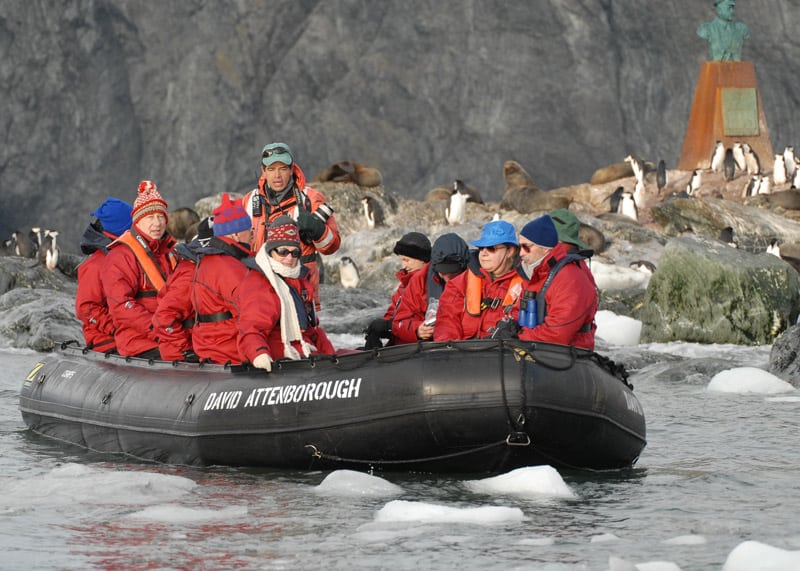How Two Legacy Tour Groups Source Local Guides

Skift Take
This is one travel segment still ripe for disruption. There is high demand for curated tours, but the process for sourcing and training local experts to lead them hasn't become any easier.
There are many startups today that want to turn regular residents, from investment bankers to bakers, into tour guides. This works best in urban areas like New York City and London.
However, long before technology democratized the tours and activities industries, legacy operators like Abercrombie & Kent and Butterfield & Robinson went out into the field and found and trained the experts to lead safaris and Inca trail hikes.
A Legacy Operation
Abercrombie & Kent works with a mix of experienced local guides and expatriates who have lived and worked in a specific region for several years and have five or more years of guiding experience.
Abercrombie & Kent’s process for finding
